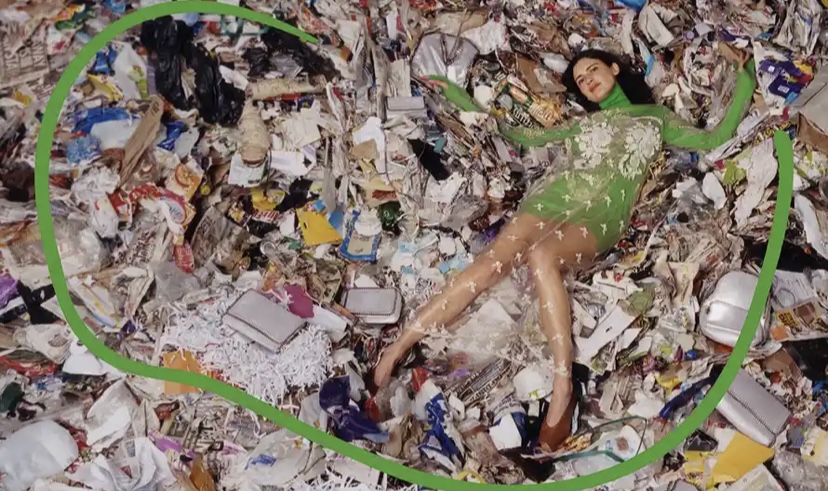Last year’s Coronavirus health pandemic pause caused me to examine how much I need to own. I’m examining myself by asking the specific question: are you helping to reduce fashion’s carbon footprint?
I’ll answer the question first. When I started blogging in 2013, I knew I would catapult myself into purchasing so much fast fashion.
Please know I routinely purge with quarterly donations to Goodwill. In 2018, I mailed a box of gifted items to Uncommon Threads, a women’s empowerment boutique in Lawrence, Massachusetts.
I deleted my Zara app to commit to buying less and avoid temptation—no more fast fashion. As a blogger and fashionista, it’s easy to want to replicate fashions from the catwalk trends. These mass productions represent cheap and poor-quality disposable clothing, usually made by people receiving low wages.
Years ago, when I was a domestic goddess with young children, I only shopped for pre-loved items from second-hand stores. I preferred to own a few great items instead of closets full of fast fashion. What happened?

So what’s wrong with fast fashion? In 2020, an estimated 18.6 million tons of clothing will end up in landfills. According to a recent industry report, fashion waste costs the global economy more than $400 billion annually.

Many brands offer garment collecting/recycling to encourage guilt-free shopping. Interestingly, pre-loved sites like The Real Real don’t accept Zara or H&M fashions.
My commitment to helping to reduce fashion’s carbon footprint:
♦ Be a conscious shopper
◊ Recycle/Reuse/Donate excessive clothing I already own
♥ Purchase from eco-friendly brands
◊ Shop pre-loved sites and shops
♦ Pledge to shop my closets more
♣ Start a shopless movement
I have already started my buy-less movement. At this year’s Nordstrom Anniversary sale, I only purchased beauty items and candles, not fashions.
Does anyone else care to join me in this shopless journey? Do tell.
As always, thank you for reading. I appreciate you.







